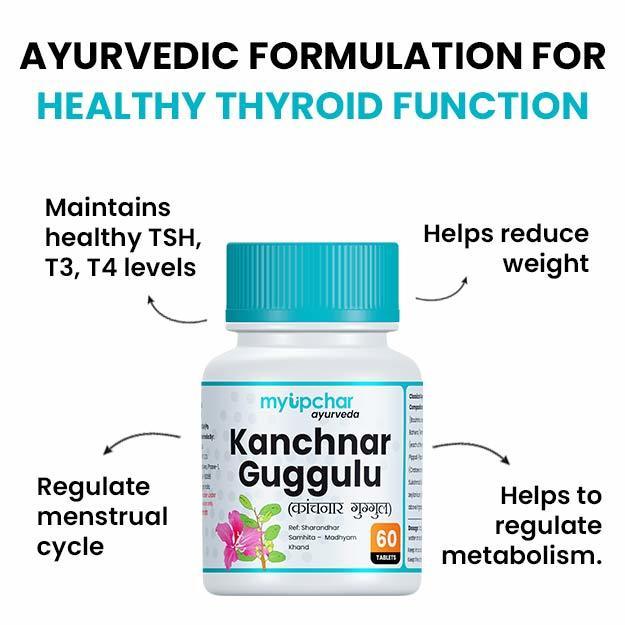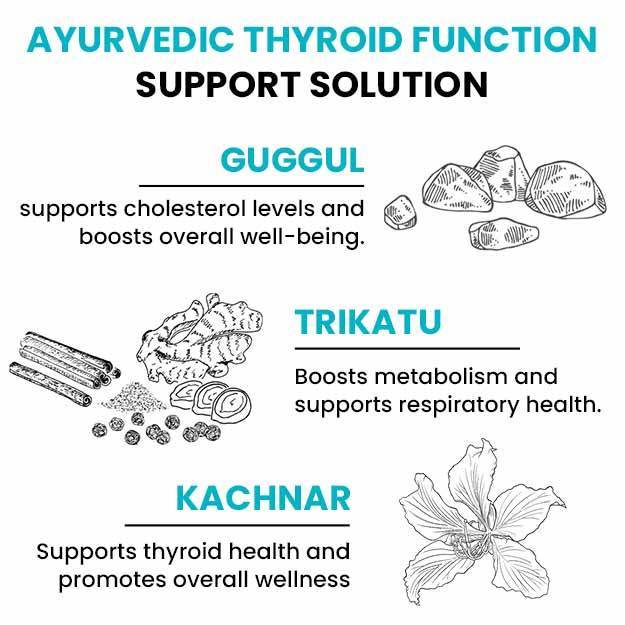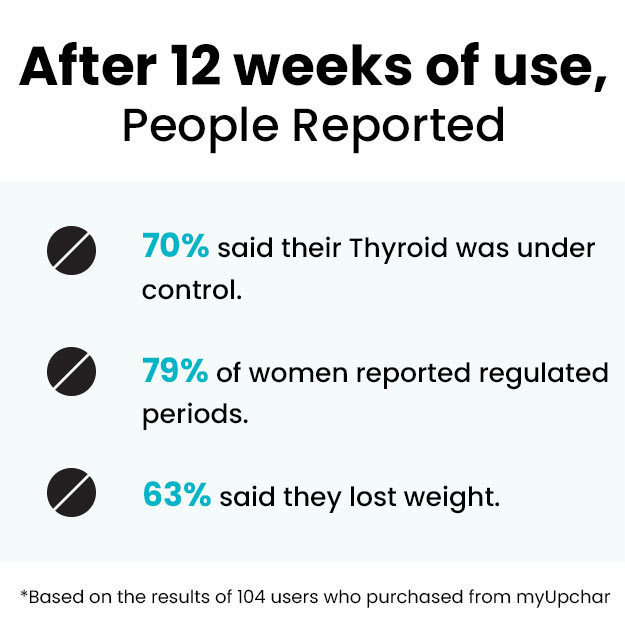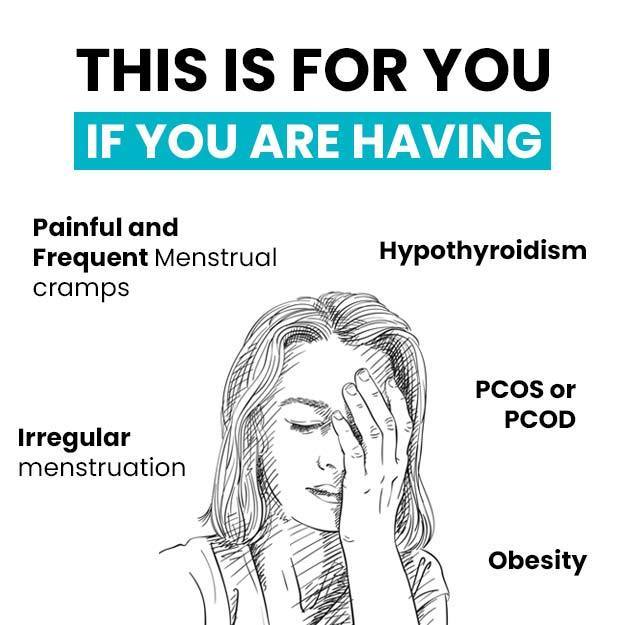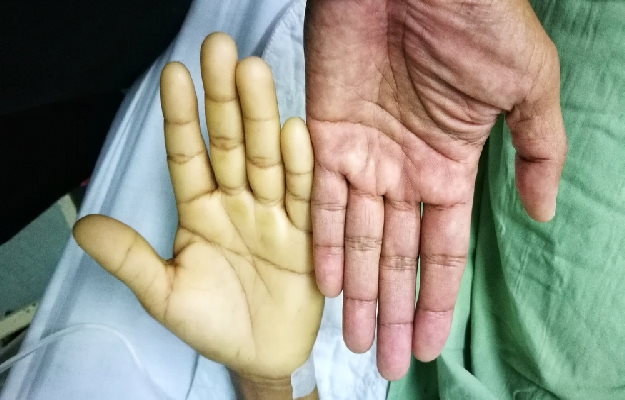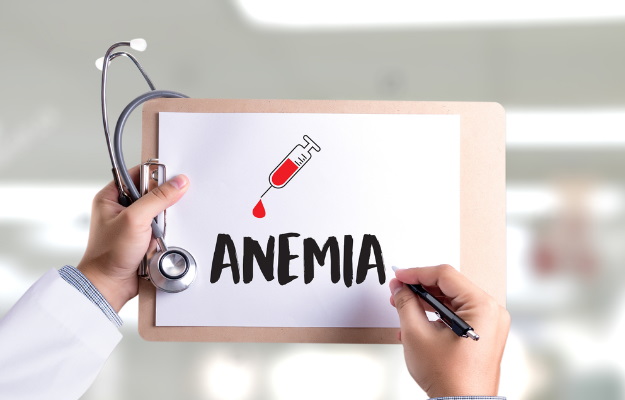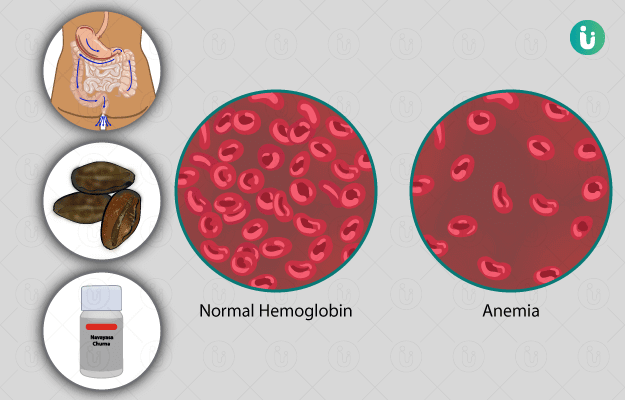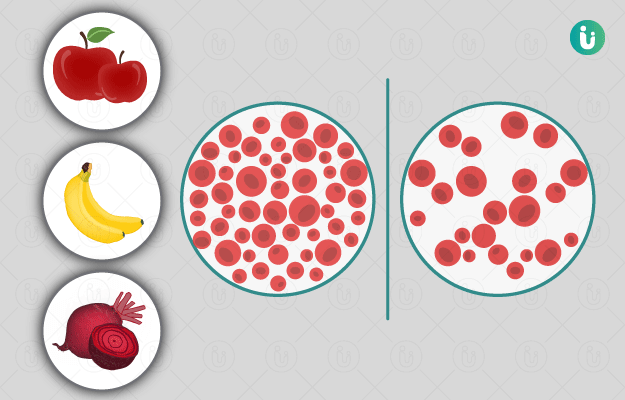Microcytic anemia can be divided according to the amount of hemoglobin in red blood cells. These may be hypochromic, normochromic or hyperchromic:
Hypochromic Microcytic Anemia
In hypochromic anemia, the red blood cells contain less hemoglobin than normal and due to this the color starts appearing yellow due to the low level of hemoglobin in the red blood cells. Most microcytic anemias are hypochromic. Hypochromic microcytic anemia includes:
1. Iron Deficiency Anemia: The most common cause of microcytic anemia is iron deficiency in the blood. Iron deficiency anemia can be caused by the following reasons:
- Inadequate iron intake in diet
-
Decreased iron absorption due to conditions such as celiac disease or Helicobacter pylori infection
-
Chronic blood loss due to inflammation of the intestine and gastrointestinal (GI) bleeding due to frequent or heavy menstruation in women
-
pregnancy
2. Thalassemia: Thalassemia is a type of anemia caused by a hereditary abnormality. It involves mutations in genes necessary for normal hemoglobin production.
3. Sideroblastic Anemia: Sideroblastic anemia is hereditary. It can also occur when one of the components needed to make hemoglobin has a reduced ability to absorb iron, resulting in a buildup of iron in your red blood cells.
Normochromic Microcytic Anemia
Normochromic anemia has normal amounts of hemoglobin in the red blood cells, and the red color is not too light or dark. An example of normochromic microcytic anemia is:
1. Anemia of Inflammation and Chronic Disease: Anemia caused by these conditions is normochromic anemia in which red blood cells are normal in size. The following can be seen in the symptoms of normochromic microcytic anemia such as:
These conditions can prevent red blood cells from functioning normally. This may reduce the absorption or utilization of iron.
Hyperchromic Microcytic Anemia
Hyperchromic means that the red blood cells contain more hemoglobin than normal. High levels of hemoglobin in red blood cells make them a darker red color than normal. There are following types of this like -
1. Congenital Spherocytic Anemia: Hyperchromic microcytic anemia occurs very rarely. May be caused by a genetic condition called congenital spherocytic anemia. This is also called hereditary spherocytosis. In this condition the membrane of red blood cells is not formed correctly. Due to this they become hard and of improper shape.
Read more - (Anemia diet: what to eat, what not to eat in anemia)
X















